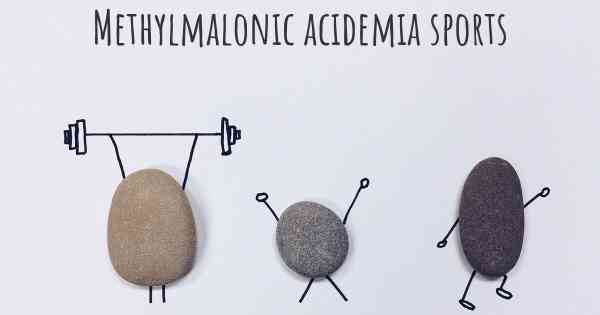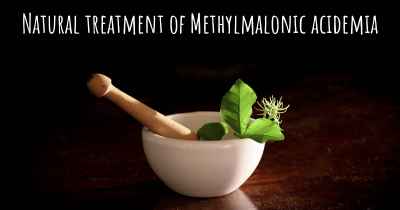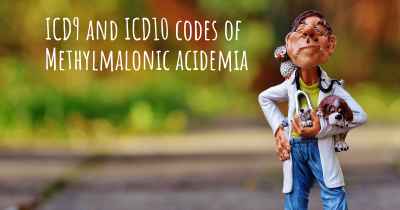Is it advisable to do exercise when affected by Methylmalonic acidemia? Which activities would you suggest and how intense should they be?
See if it is advisable for people with Methylmalonic acidemia to practice sports and which ones are the most recommended if you have Methylmalonic acidemia

Methylmalonic acidemia (MMA) is a rare genetic disorder that affects the body's ability to break down certain proteins and fats. It is caused by a deficiency of an enzyme called methylmalonyl-CoA mutase, which leads to the buildup of toxic substances in the body. The symptoms of MMA can vary widely, but they often include developmental delays, feeding difficulties, lethargy, and metabolic crises.
When it comes to exercise and MMA, it is important to approach physical activity with caution. The severity of the condition and the individual's overall health should be taken into consideration. It is always recommended to consult with a healthcare professional, such as a geneticist or metabolic specialist, before starting any exercise program.
Exercise can have several benefits for individuals with MMA:
- Improved muscle strength and endurance: Regular exercise can help improve muscle strength and endurance, which can be beneficial for individuals with MMA who may experience muscle weakness or fatigue.
- Enhanced cardiovascular health: Engaging in cardiovascular exercises, such as walking, swimming, or cycling, can help improve heart health and overall cardiovascular fitness.
- Weight management: Maintaining a healthy weight is important for individuals with MMA, as excessive weight gain can put additional strain on the body. Regular exercise, combined with a balanced diet, can help manage weight and promote overall well-being.
- Improved mood and mental well-being: Exercise has been shown to have positive effects on mood and mental health. It can help reduce stress, anxiety, and depression, which are common challenges faced by individuals with chronic conditions like MMA.
However, it is crucial to note that the intensity and type of exercise should be tailored to the individual's specific needs and limitations. Here are some general guidelines to consider:
- Low-impact activities: Due to the potential for muscle weakness and fatigue, low-impact exercises are often recommended for individuals with MMA. These can include activities such as walking, gentle swimming, stationary cycling, or yoga.
- Shorter duration: Start with shorter exercise sessions and gradually increase the duration as tolerated. This allows the body to adapt and prevents excessive strain.
- Regular breaks: Take frequent breaks during exercise to prevent overexertion and fatigue. Listen to your body and rest when needed.
- Individualized approach: Work with a healthcare professional or a qualified exercise specialist who has experience with metabolic disorders. They can help design a personalized exercise plan that takes into account the individual's specific needs, abilities, and limitations.
It is important to be aware of the following considerations:
- Metabolic stress: Intense exercise can potentially increase the risk of metabolic crises in individuals with MMA. Therefore, it is crucial to monitor for any signs of metabolic decompensation, such as vomiting, lethargy, or changes in behavior, during and after exercise.
- Hydration: Proper hydration is essential during exercise to prevent dehydration and support overall metabolic function. Ensure an adequate intake of fluids before, during, and after exercise.
- Individual limitations: Each individual with MMA may have different limitations and requirements. It is important to work closely with healthcare professionals to determine the most suitable exercise program.
In conclusion, exercise can be beneficial for individuals with MMA, but it should be approached with caution and tailored to the individual's specific needs. Low-impact activities, shorter durations, regular breaks, and an individualized approach are key considerations. Consulting with healthcare professionals is essential to ensure a safe and effective exercise program. Remember, always prioritize the well-being and health of the individual when making decisions regarding exercise and MMA.
Posted Mar 4, 2017 by Brandon Solomon 1670








